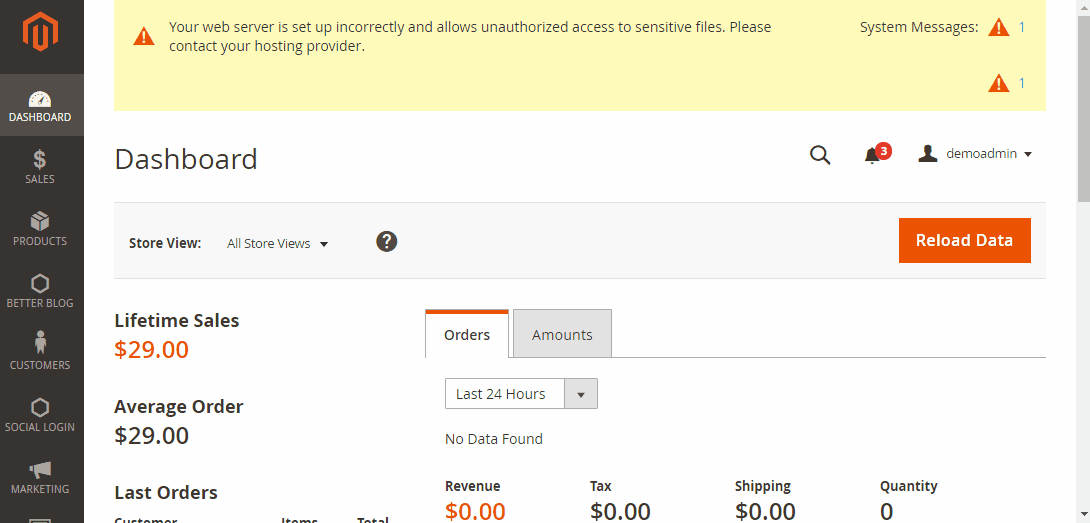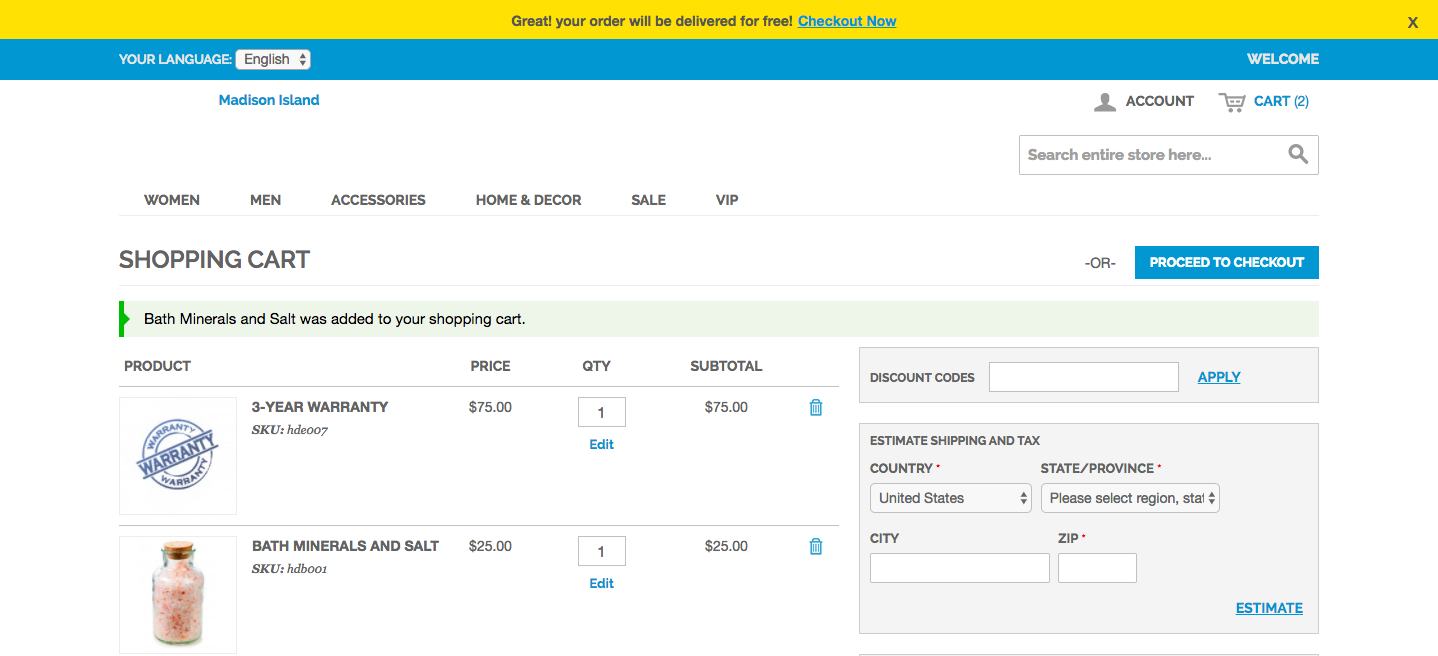Every Magento installation has a hierarchy of website(s), store(s), and store view(s). The term scope determines where in the hierarchy a database entity — such as a product, attribute, or category — content element, or configuration setting applies. Websites, stores, and store views have one-to-many parent/child relationships. A single installation can have multiple websites, and each website can have multiple stores and store views.


To download and install the latest release of Magento 2.4.x on your server, see the Installation and Configuration in our developer documentation. The Magento installation can be deployed to run in either production or developer mode. Magento CE 1.9 Demo Magento is an open source ecommerce engine, developed by eBay Inc powering 240,000+ online ecommerce sites. This Dockerfile is a quick and dirty install of Magento CE 1.9.0.1 with sample data.


Download Magento
To many, it is a common mistake that Magento 2 products include Magento 2 CE and Magento 2 EE only. The fact is Magento has developed various products to enhance the functionalities of Magento 2 Commerce, for example, Magento Commerce Cloud, Magento Order Management, Magento Shipping, and Magento Business Intelligence.
Magento Ce Demo Software
- Websites
- Magento installations begin with a single website which by default, is called Main Website. You can also set up multiple websites for a single installation, each with its own IP address and domain.
- Stores
- A single website can have multiple stores, each with its own main menu. The stores share the same product catalog, but can have a different selection of products and design. All stores under the same website share the same Admin and checkout.
- Store Views
- Each store that is available to customers is presented according to a specific view. Initially, a store has a single default view. Additional store views can be added to support different languages, or for other purposes. Customers can use the language chooser in the header to change the store view.

